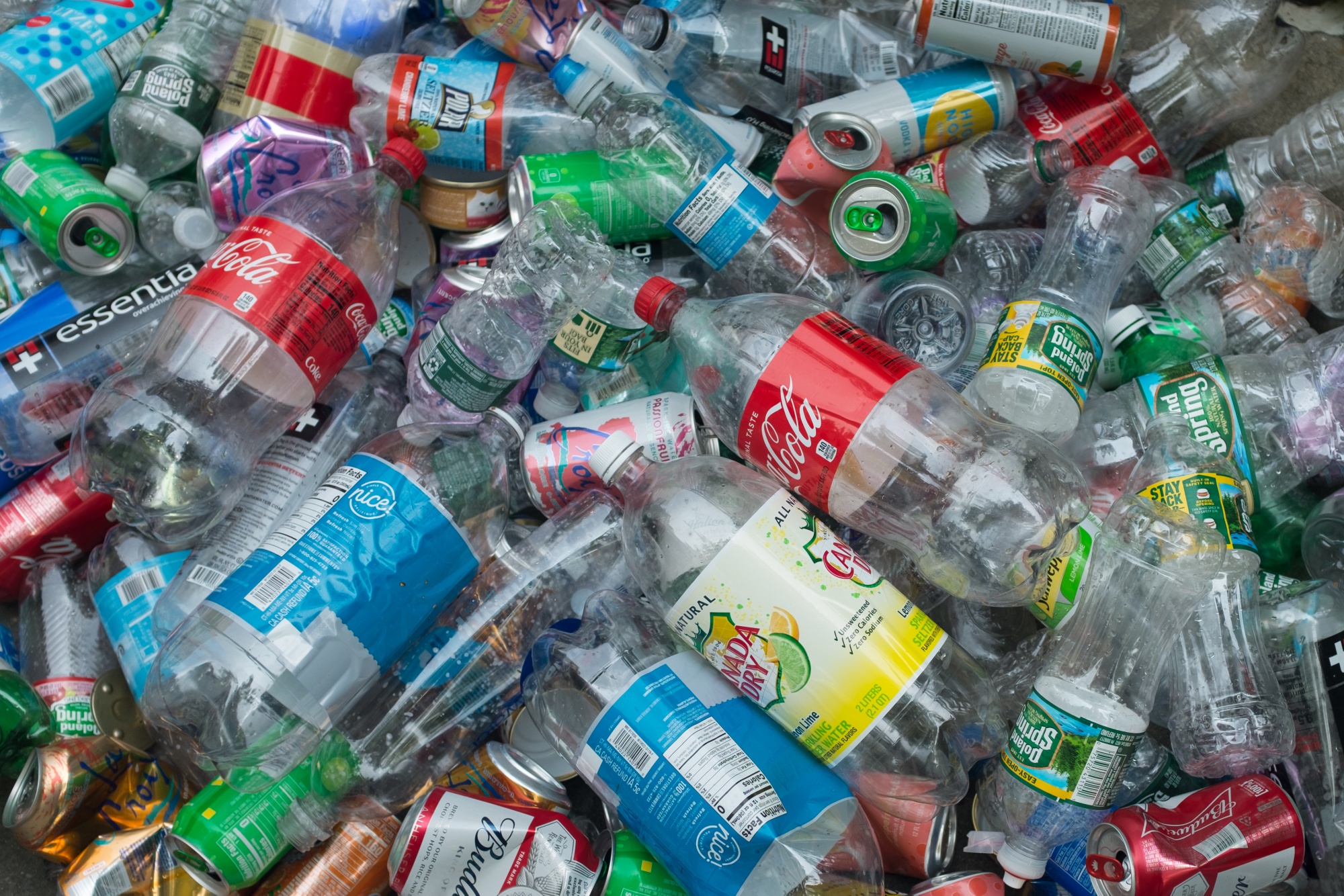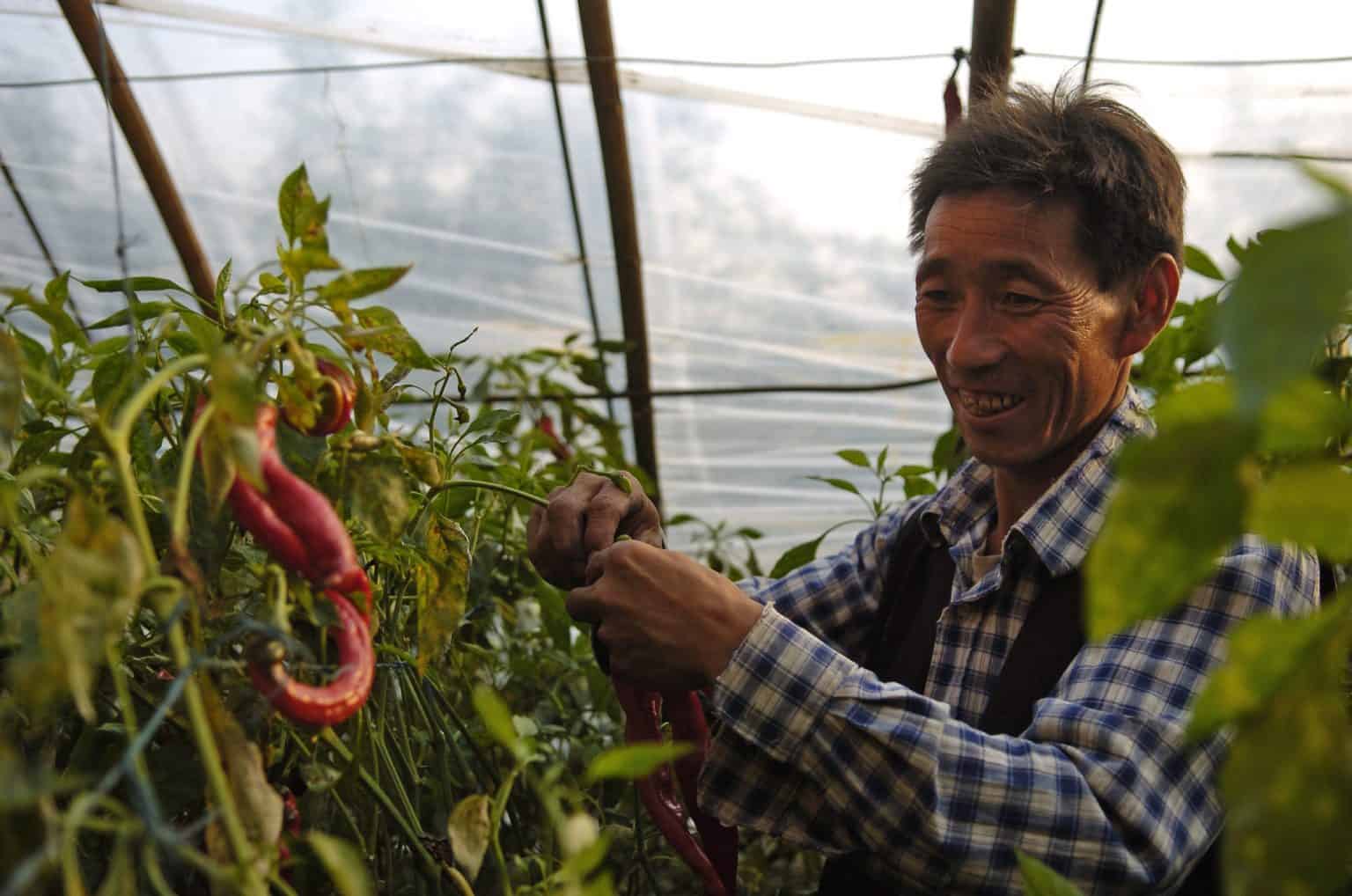It is no secret that recycling in America is broken: The Environmental Protection Agency estimates that the US has a combined recycling rate of only 32% for materials including glass, plastic, cardboard and paper. That figure reflects collections from industrial, commercial and residential trash.
But a new report that zeros in on residential recycling suggests that we are capturing far less material than that — at least at the household level.
The Recycling Partnership, a nonprofit that works with major corporations to improve US recycling systems, says that if you look at houses and apartments alone, the national recycling rate is much closer to 21%, and 76% percent of residential recyclables are lost at the household level.
It finds residential recycling rates below 10% in states including Montana (9%), Mississippi (8%), North Dakota (9%) and Alabama (9%). Even California, which has a reputation as a robust recycler, only recycles 37% of what’s possible from residences and therefore leaves 3.2 million tons a year of potentially recyclable material for landfills.
Residential Recycling Rates Vary Considerably by State
Percentage of material captured
Source: The Recycling Partnership
“This is the first time we’ve ever had a comprehensive picture of the US residential recycling landscape,” said Keefe Harrison, the founder and chief executive officer of the Recycling Partnership. “We are seeing a recycling rate that is less than we’d wish it was. But it is only when you have a solid baseline that you can measure progress.”
Read More: Don’t Trust Plastic Snack Wrappers With Recycling Instructions
Researchers, after collecting data for more than three years, took a detailed look at 9,000 collection programs across the nation. They also worked with individual households that recycle to get a clearer picture of what exactly goes into the bin, what doesn’t and why.
The 21% rate represents the share of material that goes into households and from there gets collected and processed, sold and actually made into something else — the true meaning of recycled. There are many steps in the process, and the report measures the falloff along the way.
The first hurdle is whether a recycling service is available at all. The group found that 85% of single-family homes nationwide had access to some kind of recycling, but only 37% of multifamily homes did.
And there is wide variation around the country on what materials are accepted for recycling. On one end of the spectrum is Hawaii, which only takes about 50% of possible materials, while the District of Columbia accepts almost 100%.
Then there’s the question of whether people who have access use it. Nationally, only 59% of households that can recycle do.
Read More: The World Is Choking on Plastic Pollution. Can Countries Find a Fix?
From there, what happens once the trash is collected depends on the material: The best-case scenario is cardboard, with 32% of it recycled. But with rigid plastics, only about 1% of 1.5 million tons a year is captured and turned into something else.
The partnership’s solution is one that is also popular with anti-plastic crusaders: more producer responsibility laws.
If states made producers of packaging responsible for their waste through fees, it could boost recycling by 48%, the partnership found in an earlier report.












